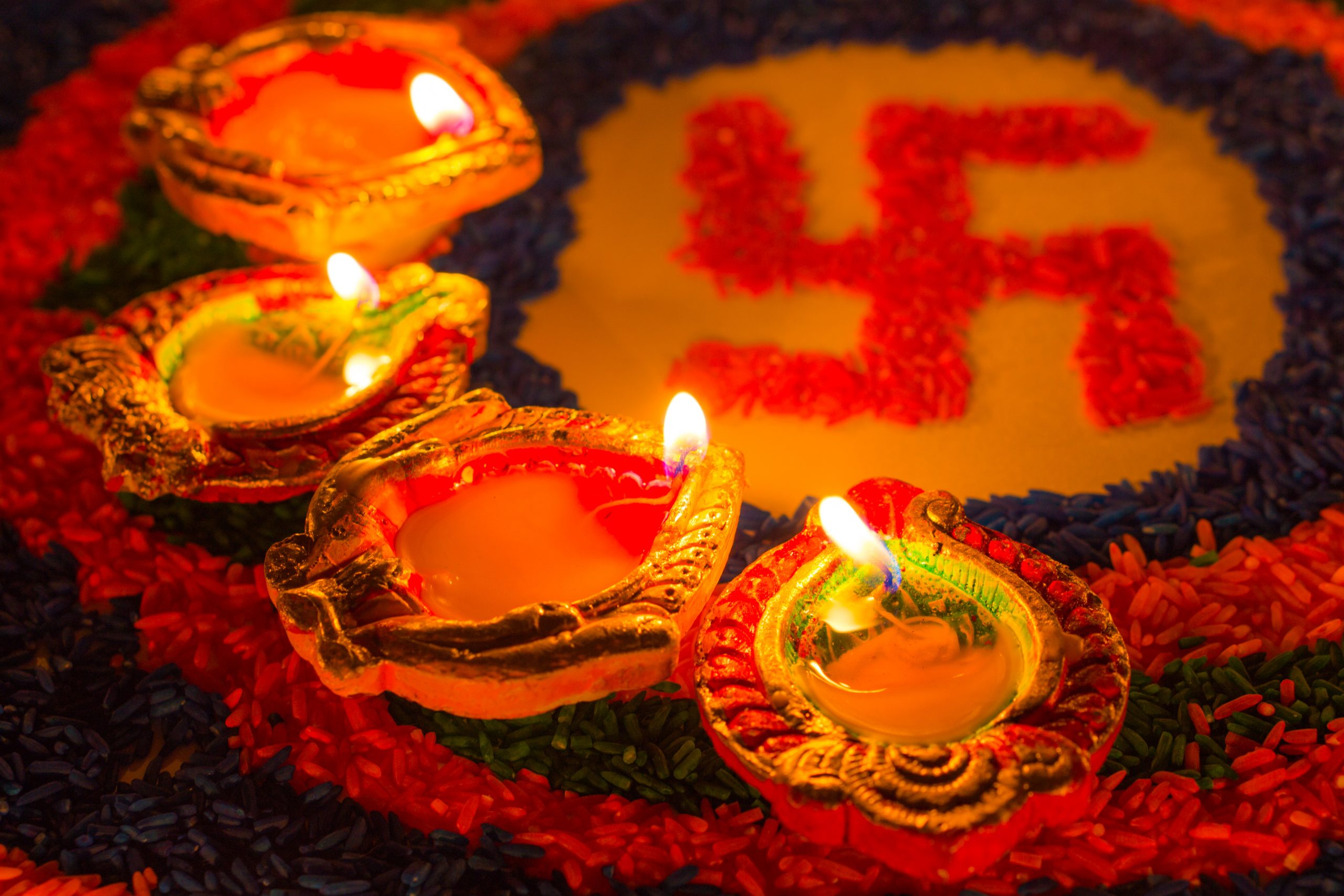While there is no universal definition or understanding of caste, it does exist as an administrative designation under Indian law.
The Indian Constitution guarantees equal rights to all citizens and prohibits discrimination on the grounds of caste, religion, race, sex, or place of birth. It also provides the state power to make special provisions for what is called positive discrimination. As such, groups listed or designated at the national or state level as Scheduled Caste (SC), Scheduled Tribe (ST), or Other Backward Classes (OBC) are guaranteed certain legal protections and eligible for special provisions. The special provisions make up a system of affirmative action that is intended to provide equal opportunity and greater representation in education, employment, and government at both the state and union levels.
Most of today’s SC and ST designations were largely adopted from British census operations from the late 19th century and early 20th century. Working with their understandings of jāti and varna, British administrators struggled unsuccessfully through numerous decennial censuses to devise a pan-Indian list of communities defined as castes and ordered ostensibly by social standing. In addition to severe difficulties British administrators encountered in simply identifying communities by what they believed caste to be, on the task of assigning social rank, some districts avoided ordering; others ordered but did not offer evidence; and some assigned orders with the assistance of native informants. British records demonstrate knowing that social identities and standing were continually changing, yet their idea of a pan-Indian caste system, in spite of it being non-existent in reality, has endured not only in public imagination, but in post-Independence policies as census data and colonial designations of “depressed classes” became the basis for for Indian law.
The idea of “depressed classes” was intended to identify communities, not on the basis of only economic or educational disadvantages, but the basis of particular social disadvantages. But even the standards by which thousands of communities within and across different regions of India were counted and categorized as such were not only peculiar, but were not the same across regions (administrators would change the standards if not relevant to their jurisdiction). Nor were the differing standards applied with any consistency within even the same region because of the difficulty of knowing where to draw lines and the malleability of social perceptions.
Regardless, the census exercises continued and resulted in an internally inconsistent class of communities, which outside of an administrative designation, shared very little in common socially, economically, educationally, or politically. Then and now, each community designated SC, OBC, or ST had their own identity, origin or ancestral legends, culture and traditions, and aspirations and challenges. And while there might have been overlaps in any of these factors, often communities sharing the same administrative designation were in conflict with one another. Since India’s independence, few changes to the caste schedules have been made, though communities have been both listed and delisted.
Not during British rule nor today are all communities in India that face social or economic disadvantages necessarily designated as SC or ST. Over the past several decades, there have been well-documented efforts of certain communities lobbying state governments throughout India to get designated as SC or OBC, in large part for the benefits associated with caste-based provisions, including quotas in public education and public employment, as well as moves to get removed from the schedules. There have also been demands to get benefits based purely on economic need by communities that have thus far been considered dominant castes.
Understanding terminology or acknowledging the historical role of the British in conceiving an Indian caste system in no way denies that prejudices, discrimination, or exploitation on the basis of various perceived differences in different quarters and levels of Indian society existed (and continue to exist) and that some groups or communities have suffered more horribly than others. It also does not deny the reality of individuals and groups using social, political, and economic advantages, even the color of religion, to justify their standing and behavior towards others. But the fact is that the legacy of colonialism very much informs not only the understanding of India to date, but also impacts contemporary caste and religious dynamics in the subcontinent.
Indian society is no different than any other society around the world in that individuals hold and act upon factors other than the inherent worth of all people. Without understanding the actual root causes of such perceptions, however, there can be little hope of resolving prejudice and discrimination and alleviating the harm and suffering that comes as a result.







































